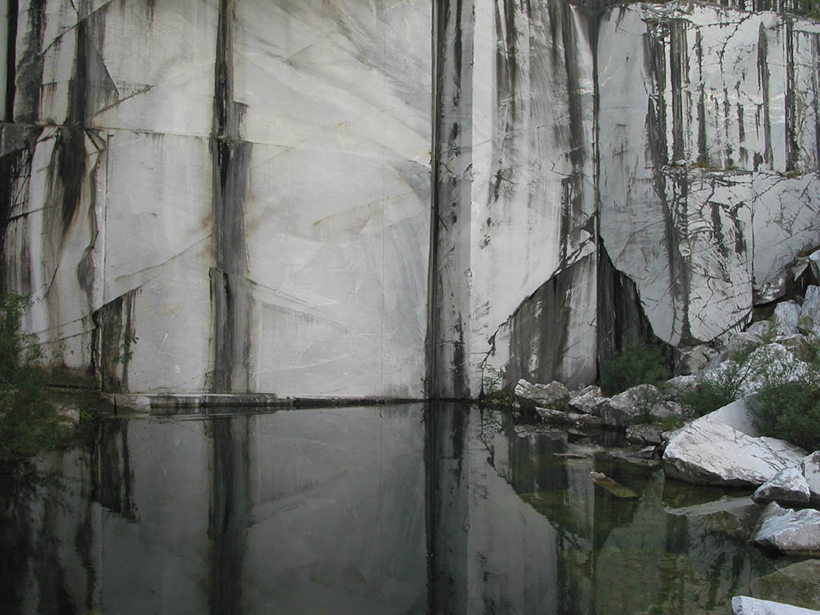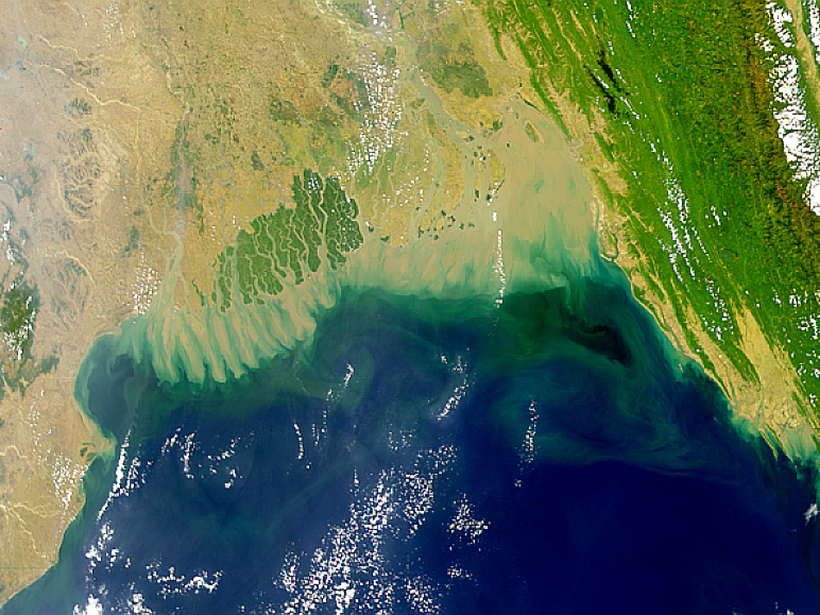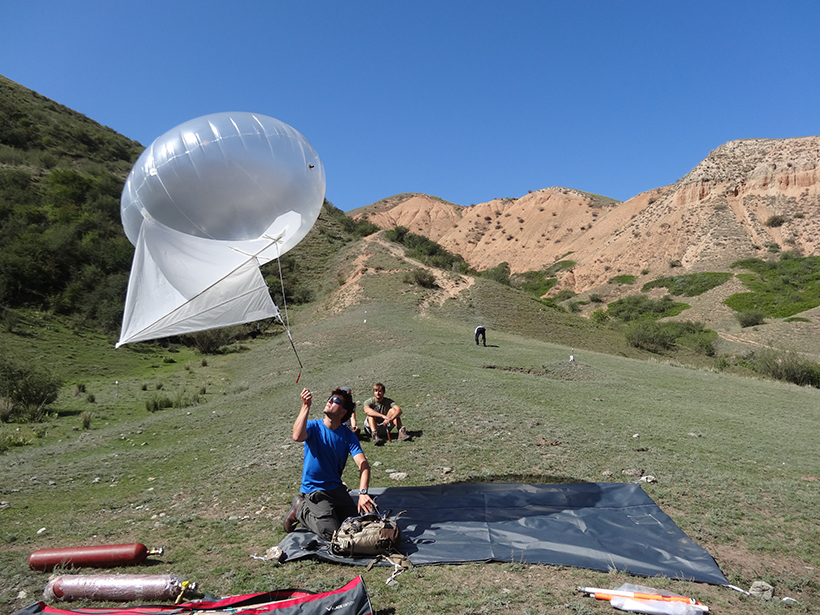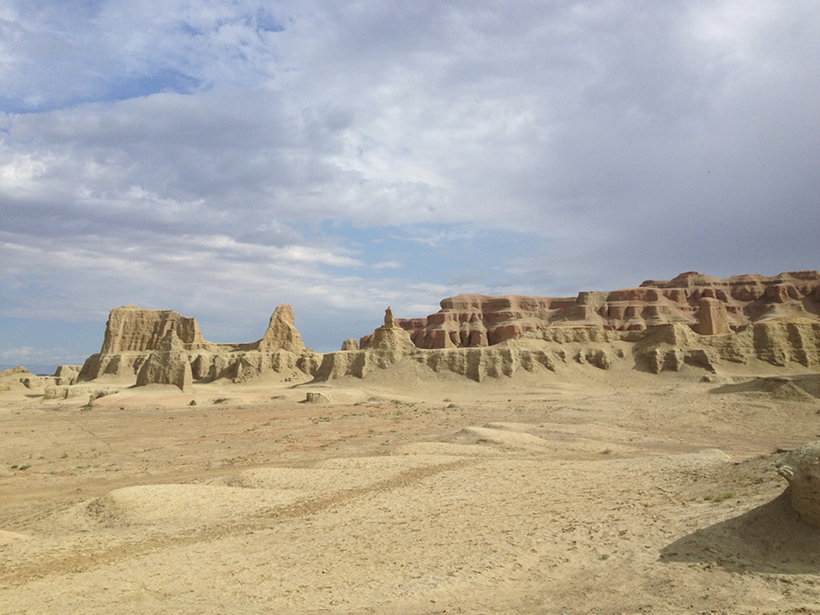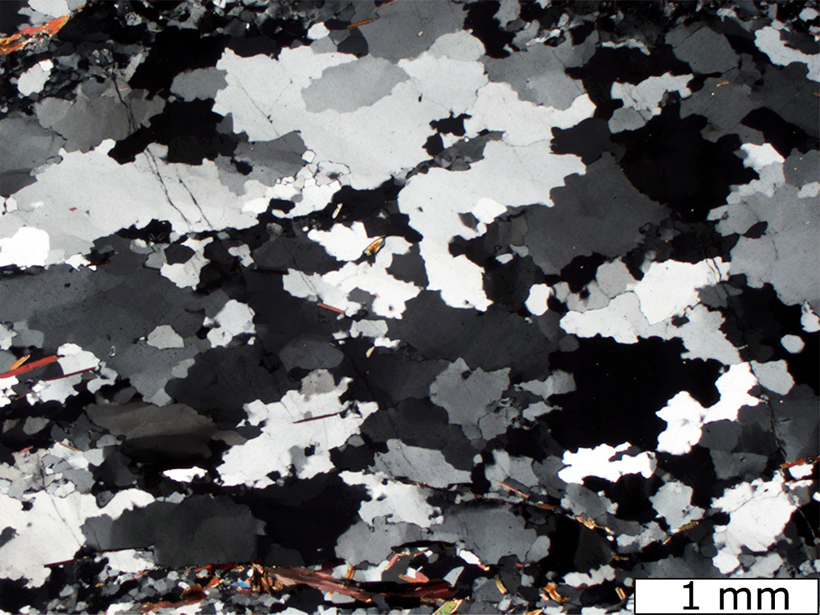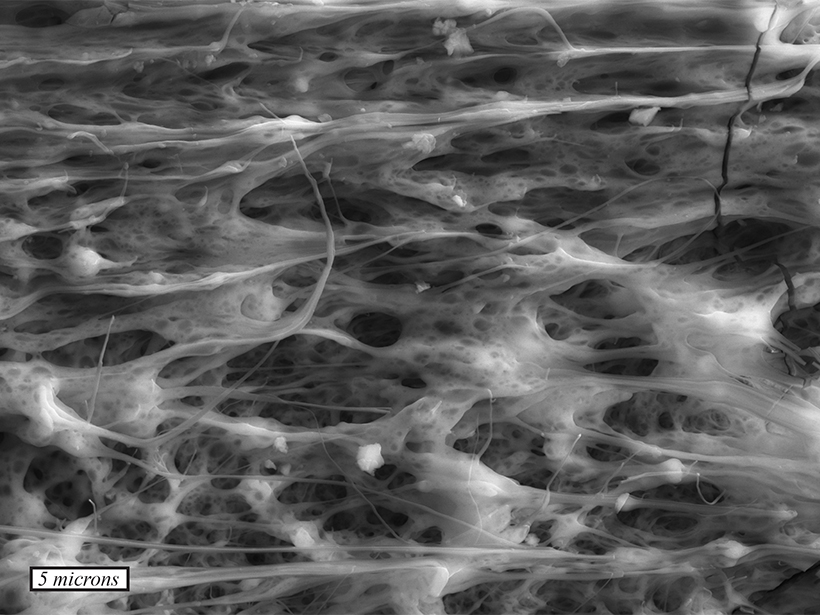Scientists explore microscopic marble deformation at high pressures and temperatures using a novel experimental technique that could improve our understanding of rock deformation in nature.
Journal of Geophysical Research: Solid Earth
Tremors Reveal the Structure of Deep Glacial Shafts
Seismic waves produced by free-falling meltwater could improve understanding of glacial drainage processes.
Deciphering the Bay of Bengal's Tectonic Origins
New magnetic and gravity data suggest that the boundary between continental and oceanic crust lies beneath northern Bangladesh, along the line of an Early Cretaceous spreading center.
An Ancient Sea Once Separated the Pacific and Indian Oceans
Seafloor under the hypothesized East Asian Sea vanished 10 million years ago as surrounding plates swallowed it up, according to new reconstructions of plate tectonics in the Philippine Sea region.
Mapping the Movement of Energy Under Japan
New research on the energy waves caused by earthquakes provides the most detailed map to date of the subduction zone beneath Japan.
Tracking Down Elusive Origins of Kazakhstan's 1889 Chilik Quake
New fieldwork and satellite data suggest that three faults may have caused a large earthquake near Almaty, Kazakhstan, more than a century ago.
Novel Technique Finds New Features Under United States
A new high-fidelity tomography harnesses USArray data to expose a wealth of noteworthy crustal and upper mantle structures, including previously unknown anomalies beneath the Appalachians.
Traces of Ancient Buried Subduction Zone Found in China
A combination of observations and modeling reveals evidence of a late Paleozoic intraoceanic subduction zone in the western Junggar region of northwest China.
Despite Dryness, Quartz Grains Can Deform in Earth's Crust
A comparison of water content in undeformed and deformed quartz indicates that grains may change shape via weakening processes that cannot be duplicated in laboratory experiments.
Flash Heating May Lubricate Rubbing Rock Faces in Earthquakes
A new laboratory study examines the small-scale physics at play as two pieces of granite are smashed together in a scaled-down version of a real earthquake.

